The Colosseum is Rome’s most iconic monument—a magnificent amphitheater that has witnessed nearly two millennia of history since its inauguration in 80 CE. As the largest amphitheater ever built, this engineering marvel draws over 7 million visitors annually, creating significant challenges for travelers hoping to truly appreciate its grandeur without battling overwhelming crowds and lengthy queues.
The difference between a frustrating, overheated shuffle through packed corridors and a meaningful, awe-inspiring encounter with ancient history often comes down to strategic planning and insider knowledge. Here is a list of 20 practical tips to help you maximize your Colosseum experience, from skipping the notorious lines to accessing restricted areas and understanding the historical significance beyond what standard tours typically cover.
Book the First Entry Slot

Arriving for the earliest possible entry time (typically 8:30 AM) puts you inside the Colosseum before the midday crush arrives with tour buses and cruise excursions. Morning visitors experience dramatically thinner crowds, allowing unobstructed views and photos without strangers filling every frame.
The early morning light also creates stunning visual effects as it streams through the arches, highlighting the ancient travertine in warm golden hues that afternoon visitors completely miss while battling the masses and harsh midday sun.
Visit During Shoulder Season

The difference between visiting in July versus November proves astonishing, with peak summer months seeing wait times triple and internal congestion that makes movement through the monument frustratingly slow. October through November and March through April offer ideal combinations of reasonable weather and significantly reduced visitor numbers.
These shoulder months balance comfortable temperatures with notably thinner crowds, allowing more contemplative exploration without the claustrophobic press of high summer tourism that transforms the experience from historical appreciation to mere endurance.
Like Travel Pug’s content? Follow us on MSN.
Book the Underground Access Tour
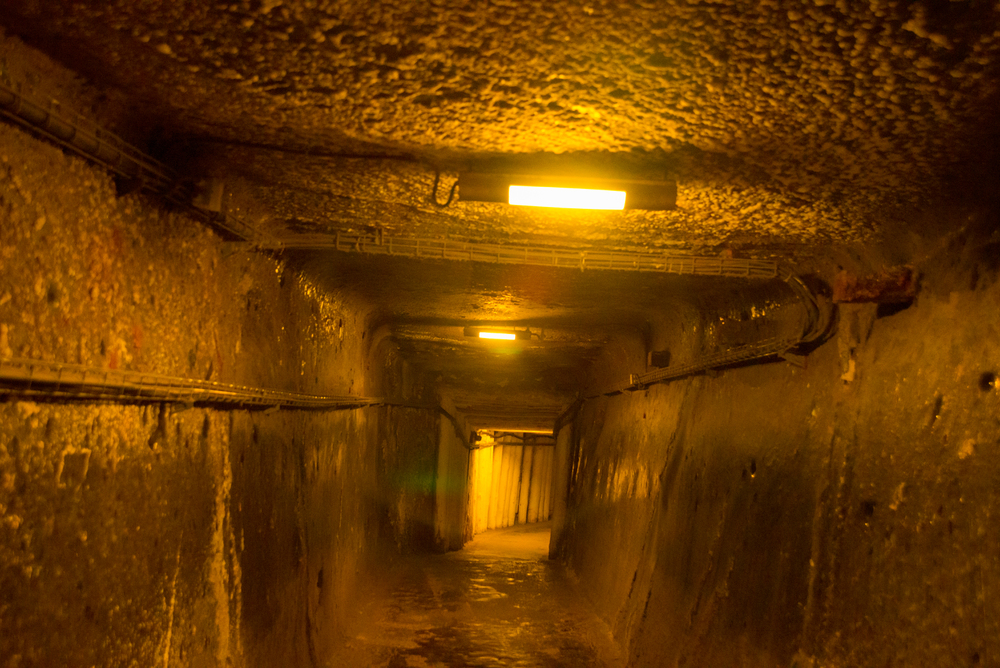
Standard admission only allows access to the main arena levels, while specialized Underground (Hypogeum) tours reveal the fascinating subterranean chambers where gladiators and animals awaited their contests. These restricted-access tours require booking but deliver an extraordinarily different experience by bringing visitors into areas closed to general admission.
Standing in the underground tunnels where gladiators prepared for combat creates powerfully evocative connections to the past, impossible to experience from the general viewing platforms overcrowded with standard ticket holders.
Combine with the Roman Forum & Palatine Hill

The integrated ticket includes the adjacent Roman Forum and Palatine Hill, yet surprisingly, many visitors focus exclusively on the Colosseum, missing two-thirds of what their ticket offers. The Roman Forum frequently proves less crowded despite containing arguably more significant historical sites, including the Senate House, various temples, and the spot where Julius Caesar was cremated.
Exploring all three sites provides crucial historical context about Imperial Rome that makes the Colosseum itself more meaningful rather than simply an isolated architectural curiosity.
Enter Through the Roman Forum
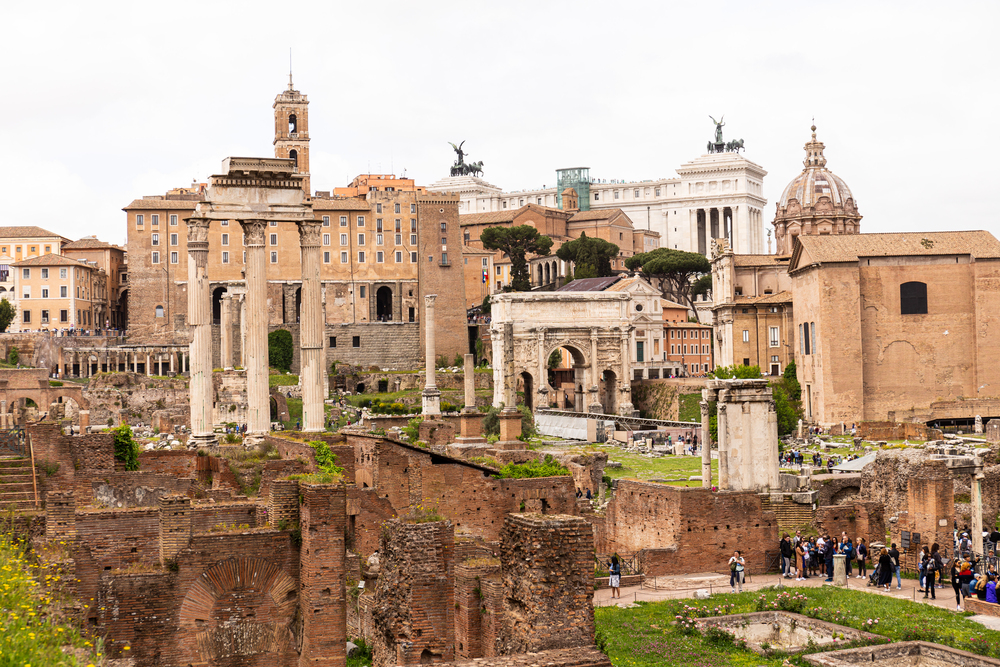
The main Colosseum entrance consistently forms the longest lines, while the Roman Forum entrance typically processes visitors more quickly, even during peak season. Starting your visit at this secondary entrance allows more efficient use of your sightseeing time by avoiding the worst queues.
This approach also follows the historical sequence, as visitors experience the political and religious center of ancient Rome before seeing its entertainment venue, creating a more coherent narrative about how these spaces functioned together in Roman society.
Like Travel Pug’s content? Follow us on MSN.
Use Roma Pass Strategically
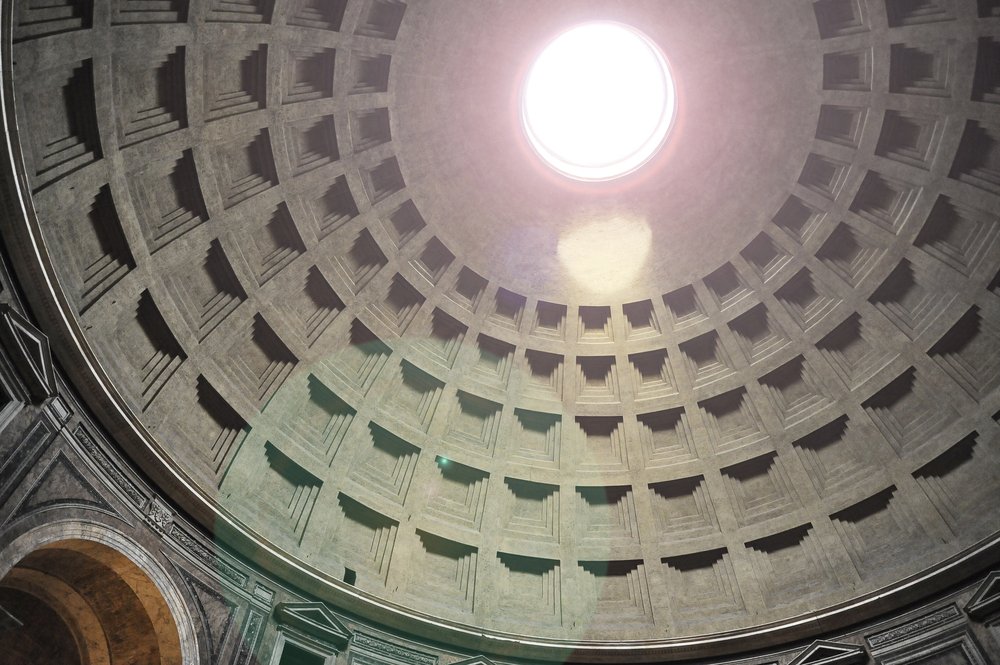
The Roma Pass allows skipping ticket lines at numerous attractions, including the Colosseum, but strategically using it here first maximizes its value. The pass works best when applied to the most expensive and crowded attractions early in your itinerary rather than smaller sites—arriving at the dedicated Roma Pass entrance during mid-morning puts you ahead of many standard ticket holders still waiting in the general queue, creating significant time savings during your limited vacation days in Rome.
Book a Night Tour Experience
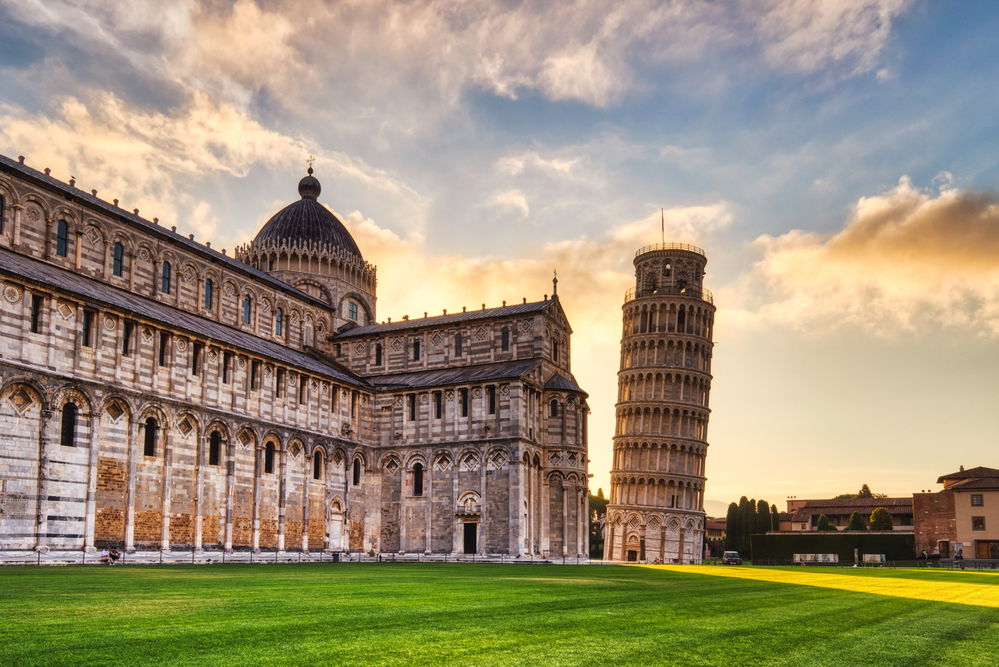
Evening tours offer dramatically different atmospheric experiences after regular operating hours, allowing visitors to explore partially illuminated sections without daytime crowds. These limited-capacity tours create opportunities for quiet contemplation in spaces that would be packed with hundreds of people during regular hours.
Seeing the massive structure dramatically lit against the night sky while hearing stories of the games provides a uniquely haunting perspective on this ancient entertainment venue that day visitors simply cannot experience.
Bring the Right Documentation

Visitors frequently face rejection at security for bringing prohibited items or failing to have proper identification matching their timed tickets. Carrying official government-issued photo identification that exactly matches your booking prevents potential entry problems that could derail your carefully planned visit.
Security protocols require scanning all bags, prohibiting large backpacks entirely, and restricting items like tripods or selfie sticks that might damage the ancient structure or disrupt other visitors during crowded periods.
Like Travel Pug’s content? Follow us on MSN.
Download a Quality Audio Guide App
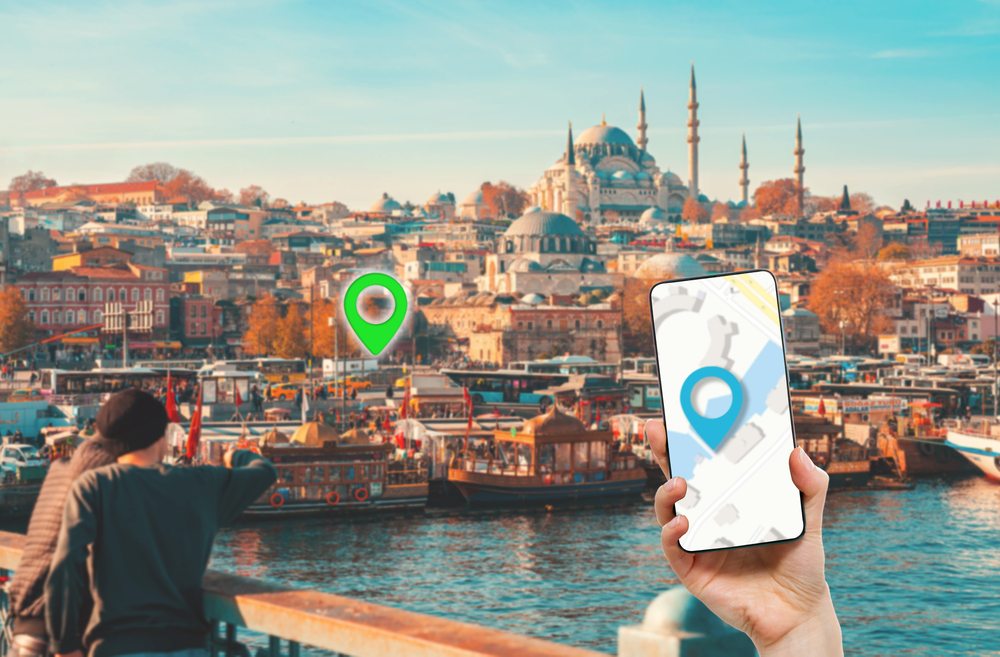
Official on-site audio guides often have limited availability during peak times, while excellent third-party audio tour apps offer more comprehensive information accessible on your device without additional waiting.
Apps like Rick Steves’ Audio Europe provide free, well-researched Colosseum tours without requiring rental equipment or standing in yet another line. The best audio guides integrate historical context about emperors, gladiators, and Roman society that transforms your understanding beyond simply appreciating architectural features.
Explore the Upper Tiers
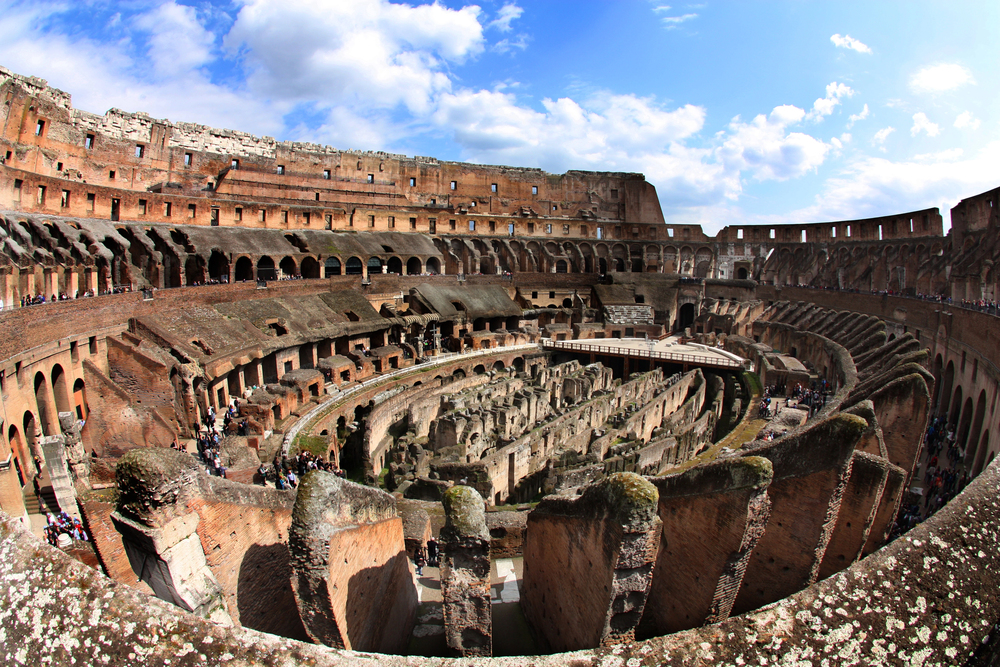
Most visitors concentrate on the lower levels, while the recently reopened third tier (when available) offers spectacular views of both the Colosseum interior and the surrounding Roman skyline. These higher sections frequently have thinner crowds and provide better perspectives for understanding the amphitheater’s overall design and impressive scale.
The uppermost accessible levels reveal engineering details invisible from below while demonstrating how ancient Romans managed crowd flow for up to 50,000 spectators through ingeniously designed access corridors.
Stay Hydrated Without Overpaying

Vendors near the entrance charge outrageous prices for water, while bringing an empty reusable bottle allows using free water fountains (nasoni) inside and around the archaeological area. These constantly running fountains provide safe, refreshingly cold drinking water perfectly suited to Rome’s often intense heat.
Proper hydration becomes crucial for enjoying the experience, as summer temperatures regularly exceed 90°F (32°C), with minimal shade available throughout most viewing areas inside the ancient structure.
Like Travel Pug’s content? Follow us on MSN.
Wear Appropriate Footwear

The Colosseum’s ancient surfaces feature uneven stones, unexpected steps, and significant walking distances that quickly punish inappropriate shoe choices. Comfortable, supportive footwear with non-slip soles prevents potential injuries while allowing you to focus on the fascinating history rather than your developing blisters.
A complete visit covering the Colosseum, Roman Forum, and Palatine Hill involves several kilometers of walking on challenging terrain that rapidly exposes the inadequacy of fashion-focused footwear unsuited to archaeological exploration.
Hire a Specialized Guide

While general Rome guides provide basic information, specialized archaeological guides with advanced degrees in Roman history transform the experience through dramatically deeper knowledge. These expert guides correctly interpret architectural features, explain historical context, and separate archaeological fact from Hollywood fiction about gladiatorial combat.
Though more expensive than standard tours, specialized guides create vastly more educational experiences by explaining recent archaeological discoveries and ongoing research that continually reshapes our understanding of how the Colosseum actually functions.
Visit the Colosseum Museum
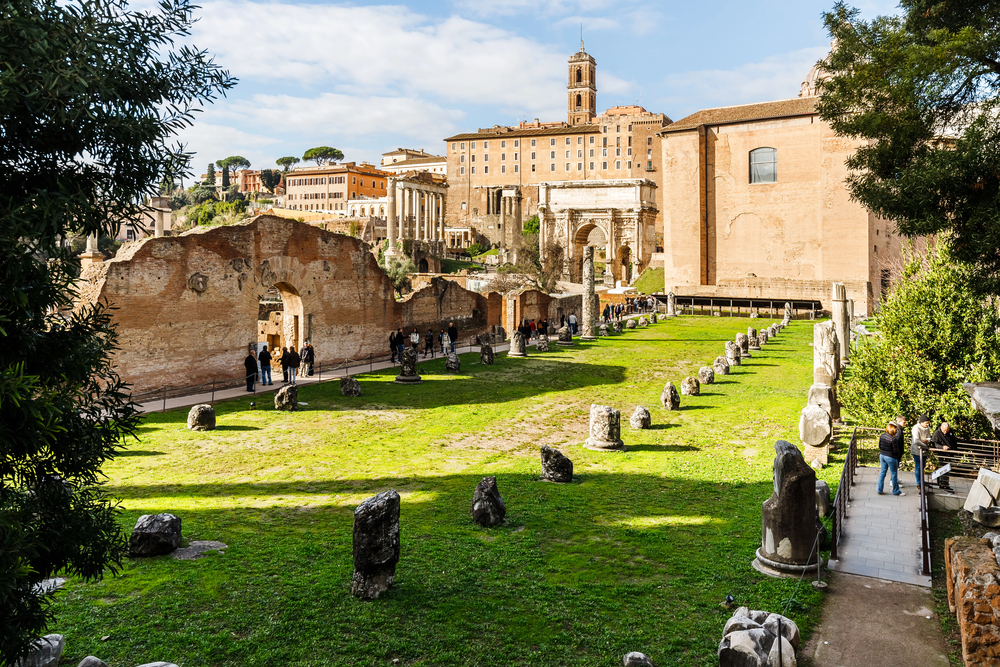
Many visitors completely overlook the included museum section displaying artifacts discovered during excavations, missing crucial context about daily operations during the arena’s active period. These exhibitions feature actual artifacts used by gladiators, architectural elements that have fallen from the structure over centuries, and ticketing artifacts showing how ancient Romans organized seating arrangements.
The museum sections typically experience less crowding than the main viewing areas, providing both fascinating historical insights and a welcome respite from the masses concentrated on getting the same standard photos.
Like Travel Pug’s content? Follow us on MSN.
Time Your Visit Around Lunchtime

Italian visitors and tour groups often follow predictable patterns. Many depart for lunch around 1:00 PM, creating a brief window of reduced crowds inside. This temporary thinning allows easier movement and better photo opportunities without early morning scheduling.
Entering around 1:30 PM sometimes allows for experiencing moderately reduced congestion while still having sufficient time to properly explore before closing, particularly during extended summer hours when the site remains open until later in the evening.
Book Through the Official Website

Third-party resellers frequently charge substantial premiums above official prices while offering identical access, unnecessary “skip-the-line” services already included with standard tickets, or misleading “VIP” experiences. The official website (CoopCulture) provides the lowest prices and the most reliable booking system directly connected to the actual ticketing infrastructure.
Booking directly also offers greater flexibility for changes or cancelations without navigating through intermediary customer service systems that frequently confuse refund policies or entry requirements.
Research Restoration Status Before Visiting

The Colosseum undergoes continuous restoration work that temporarily restricts access to certain sections, with current projects affecting different areas throughout each year. Checking the official website before visiting provides crucial information about which sections might be closed during your specific visit dates.
Understanding these limitations in advance prevents disappointment while allowing better planning for which alternative perspectives or nearby sites might compensate for temporarily inaccessible areas during ongoing preservation efforts.
Like Travel Pug’s content? Follow us on MSN.
Utilize the Multimedia Stations

Interactive displays installed throughout the monument provide detailed explanations about specific features, reconstruction visualizations, and historical context often missed by visitors rushing through. These stations use advanced graphics to show how the Colosseum appeared fully intact, how the complex staging machinery functioned, and how seating reflected Roman social hierarchy.
Taking time with these resources provides a substantially deeper understanding beyond simply admiring the physical structure, particularly for visitors exploring independently without guide services.
Appreciate the Engineering Details
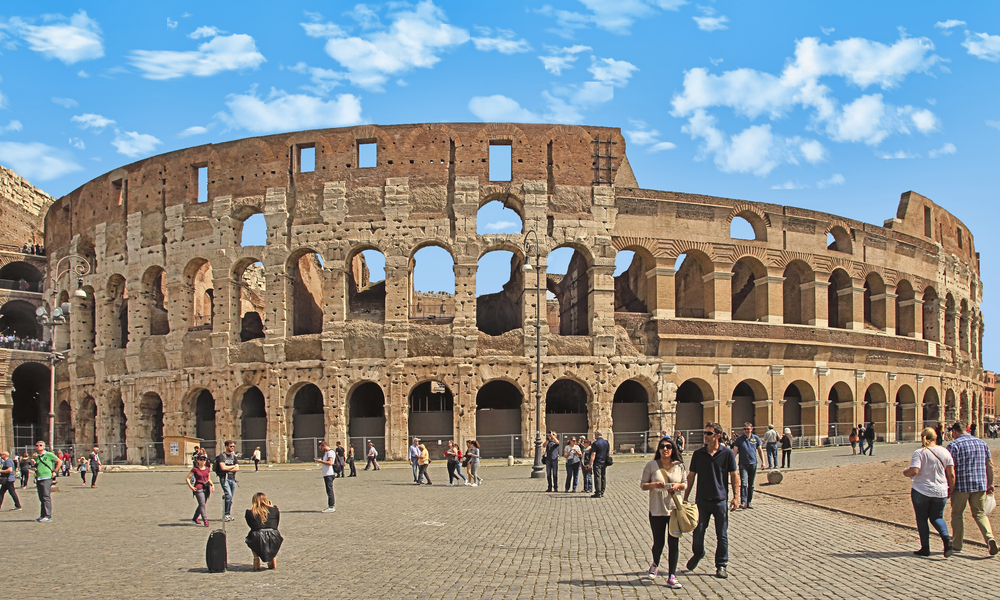
Beyond admiring obvious features, understanding specific engineering innovations reveals the Colosseum’s true genius—from the sophisticated drainage systems to the naval battle flooding mechanisms and the retractable canvas roof system. Looking for numbered seating sections carved into remaining stones, studying how precisely blocks fit together without mortar, and examining how weight distribution works through the arches all reveal Roman engineering prowess.
These details demonstrate why the structure has survived for nearly 2,000 years despite earthquakes, material plundering, and centuries of neglect before modern preservation efforts began.
Connect With the Human Stories
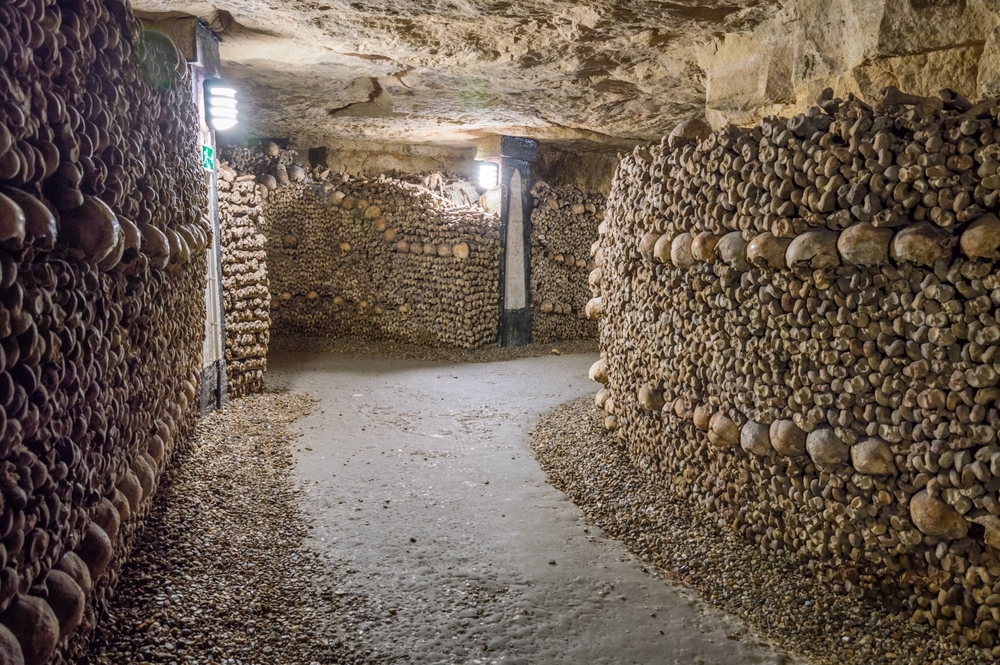
Moving beyond architectural appreciation to understand the human experiences that occurred within these walls transforms the visit from mere sightseeing to a meaningful historical connection. Learn about specific gladiators known from inscriptions, the working conditions of enslaved people who operated complex stage machinery, and everyday Roman citizens who attended events here as central parts of their social and religious lives.
These human narratives create emotional connections across two millennia that transcend simple appreciation of ancient construction techniques or architectural design principles.
Like Travel Pug’s content? Follow us on MSN.
Finding Roman Reality

The most rewarding Colosseum experiences come from balancing efficient logistical strategies with deeper historical engagement that transcends simplistic gladiator narratives popularized by modern entertainment. While beating the crowds certainly enhances physical comfort during your visit, the actual value emerges from understanding this monumental structure within its complete cultural context—as a sophisticated entertainment venue, political tool, architectural innovation, and social gathering space that reflected Rome’s complex imperial society.
By approaching the Colosseum with both practical preparation and historical curiosity, today’s visitors can move beyond superficial appreciation to a genuine connection with this extraordinary antiquity survivor, which continues to reveal its secrets to those who know how to see it truly.
More from Travel Pug

- 20 Destinations That Were Once Thriving but Are Now Quietly Disappearing
- 15 Hidden Spots in Disney World’s Magic Kingdom Most Visitors Miss
- 20 Once-Popular Beach Towns That Are Now Ghostly Empty
- 20 Beautiful US Lakefront Towns Where You Can Live for Under $2000 a Month
- 20 Caribbean Islands That Are Safer Than People Think
Like Travel Pug’s content? Follow us on MSN.
